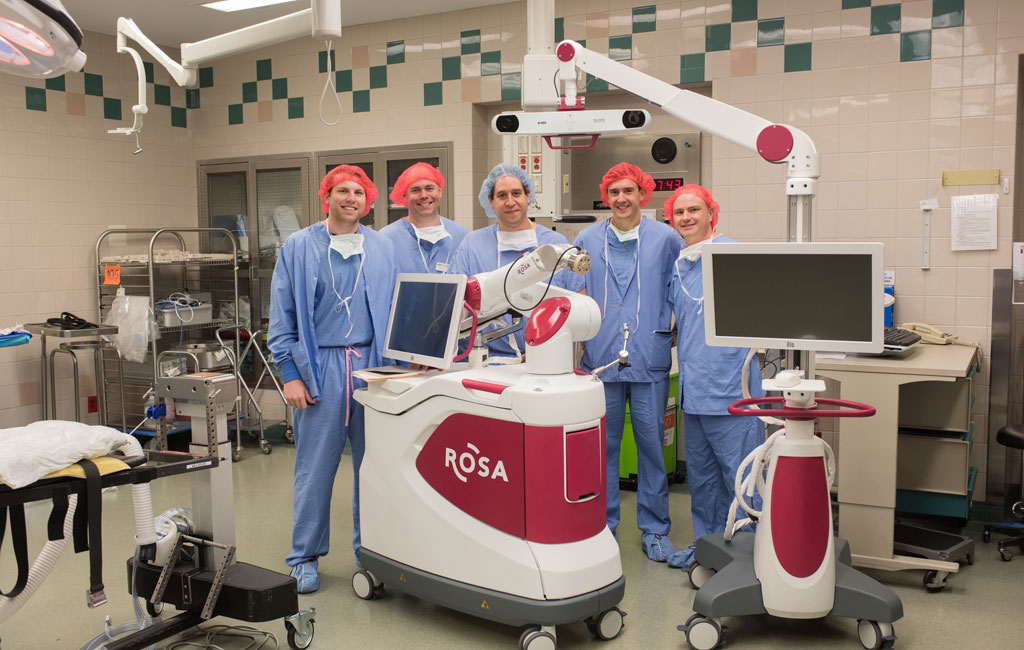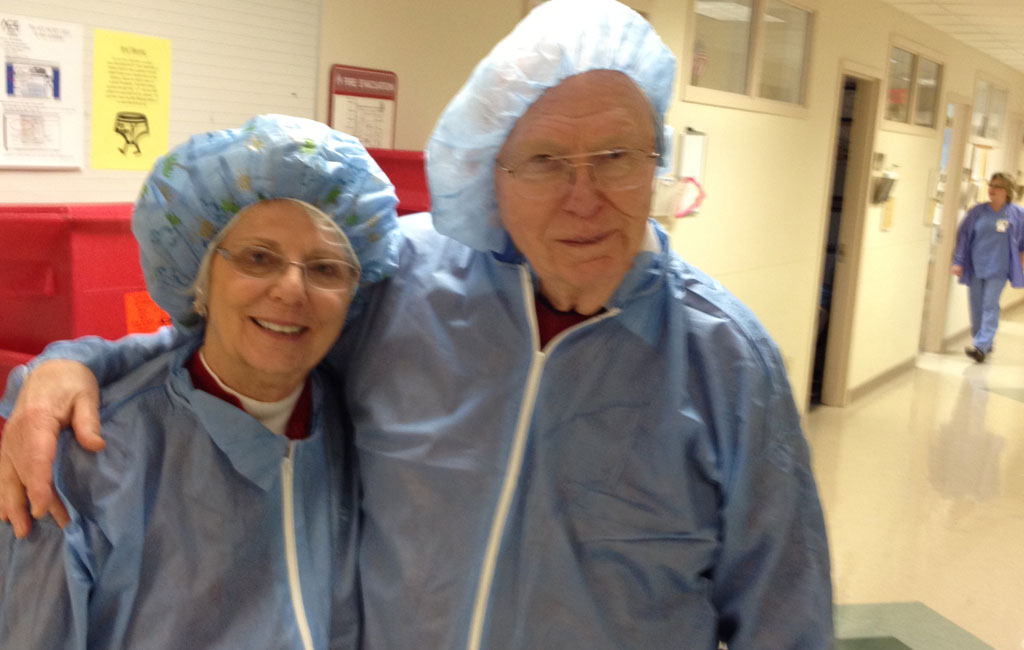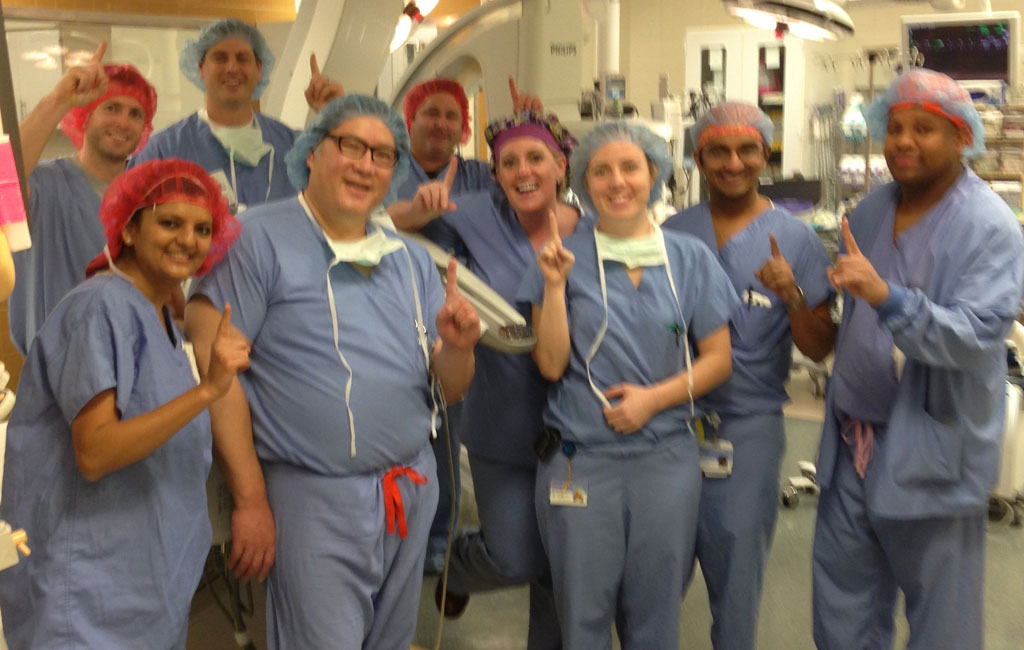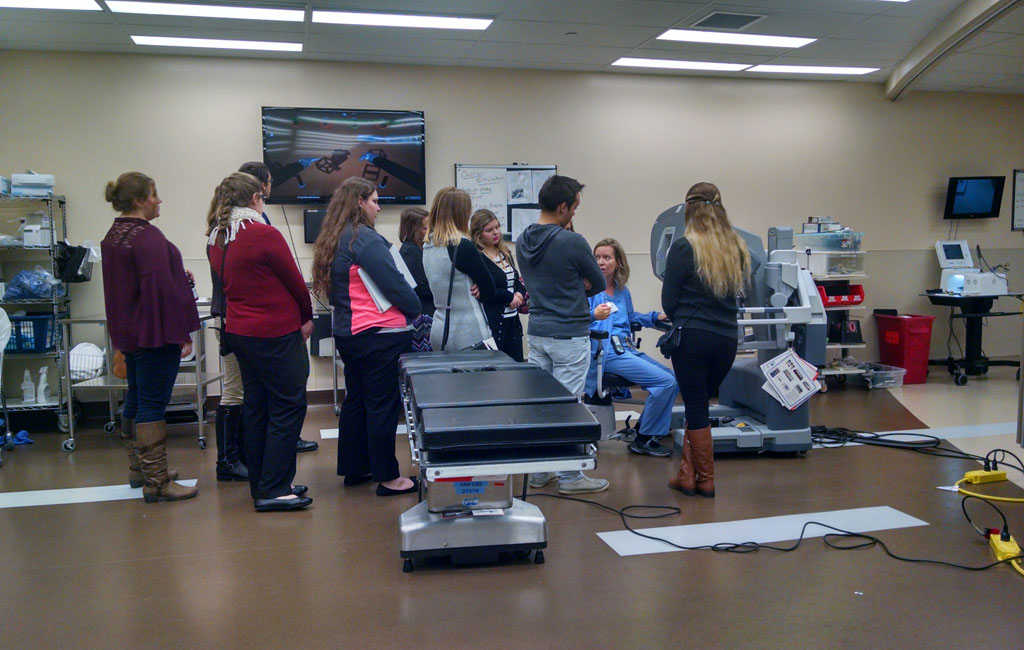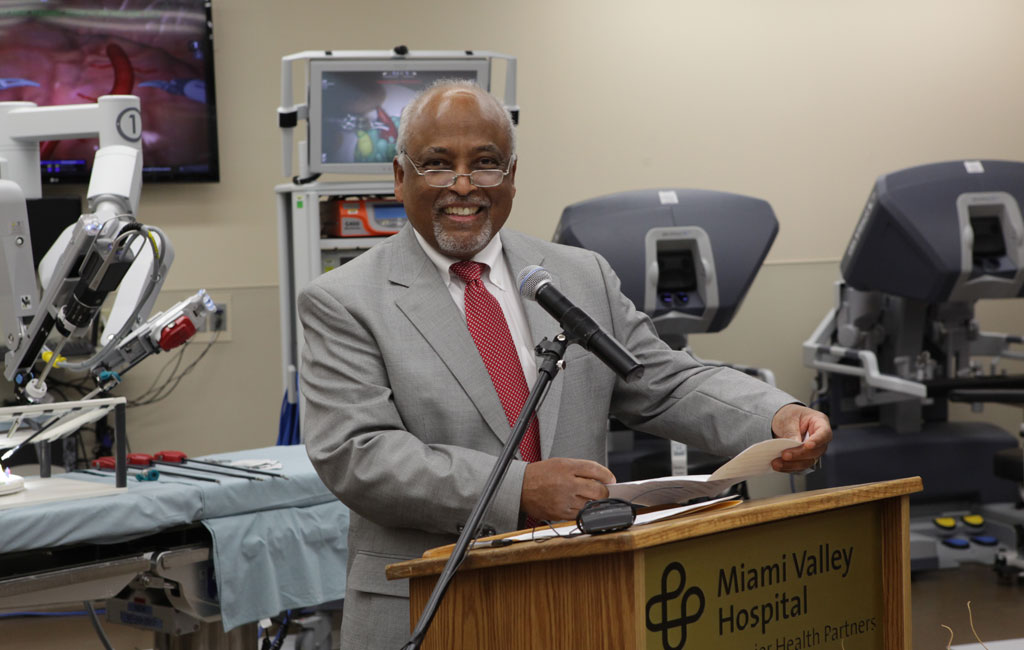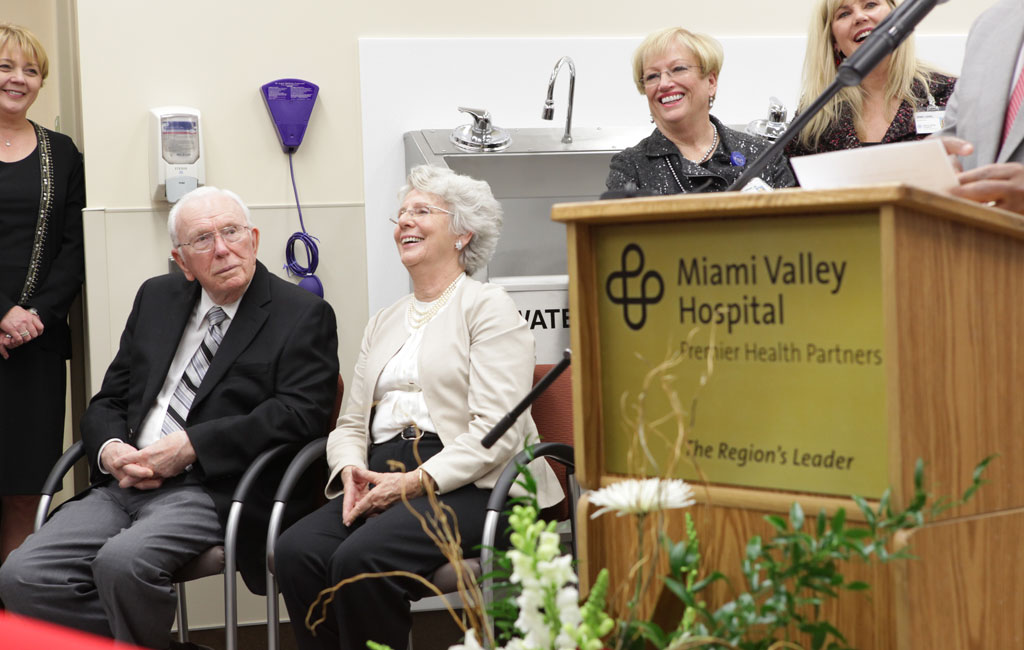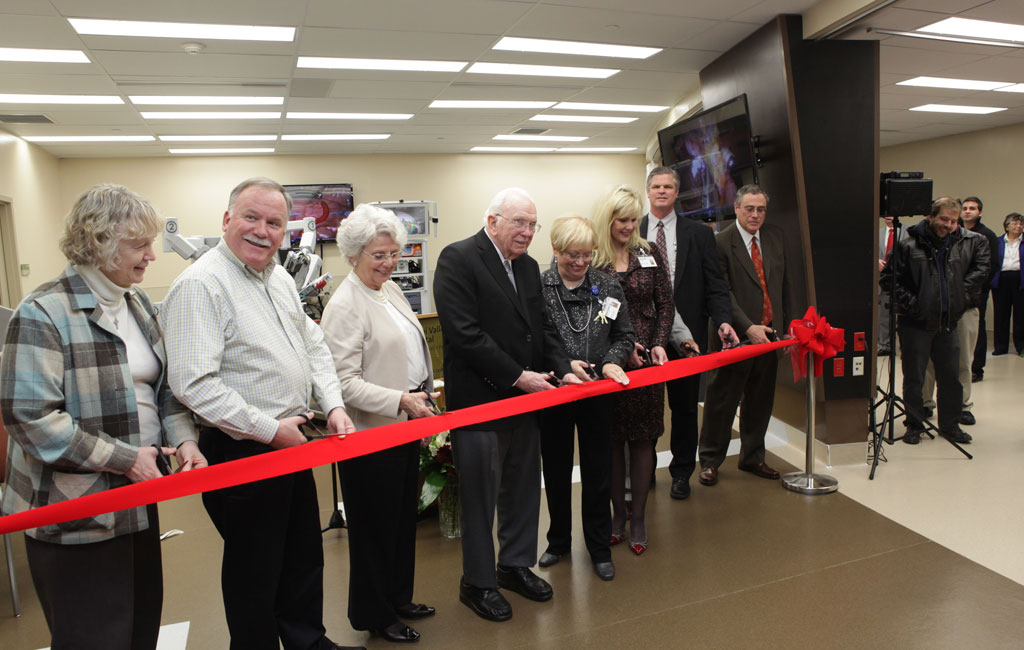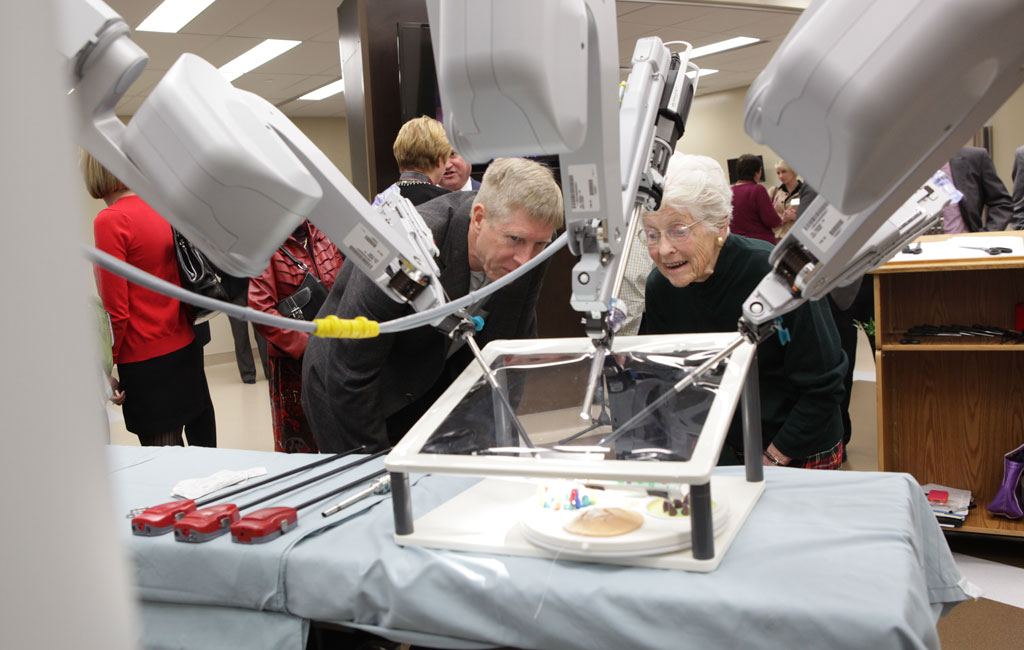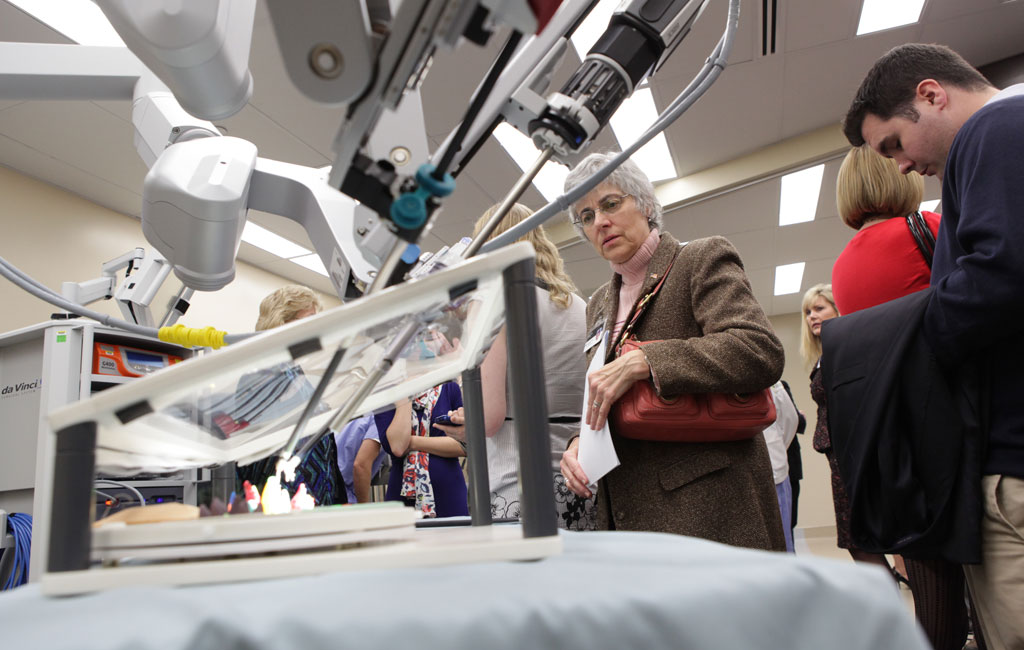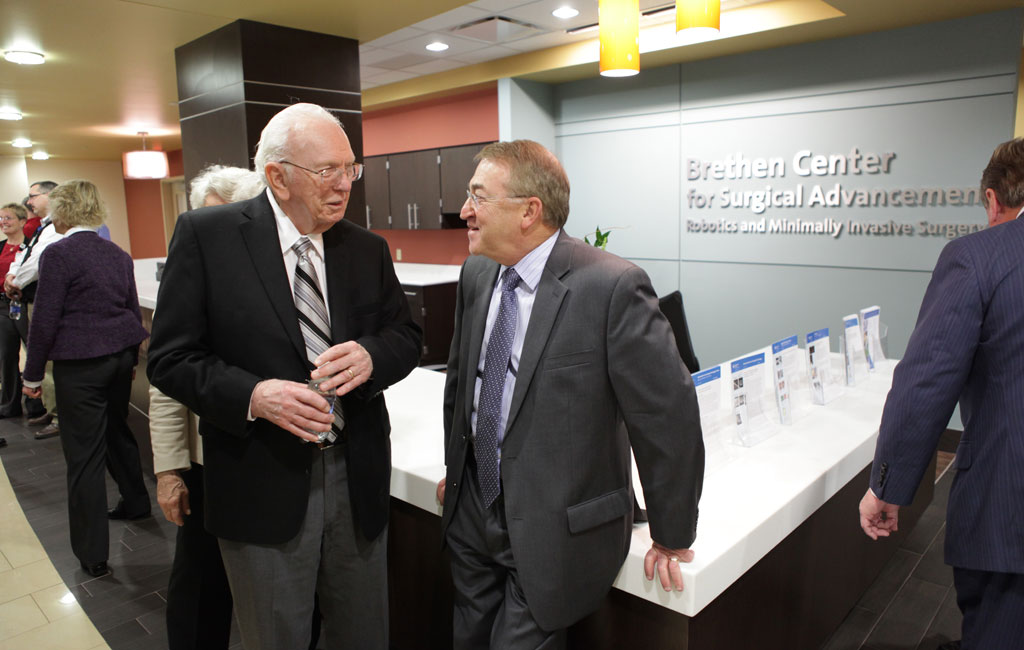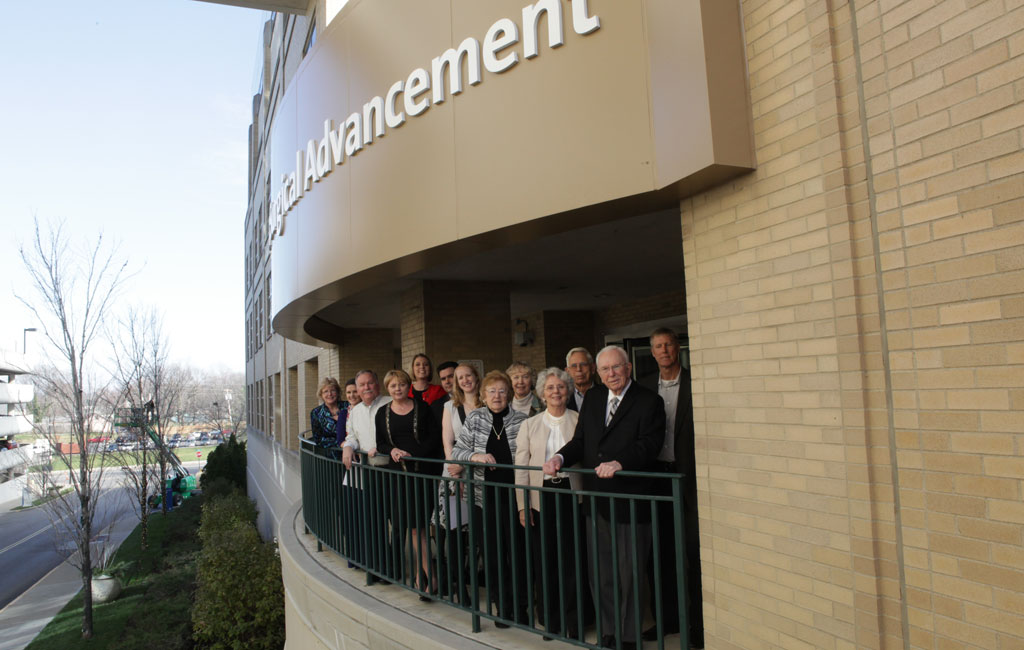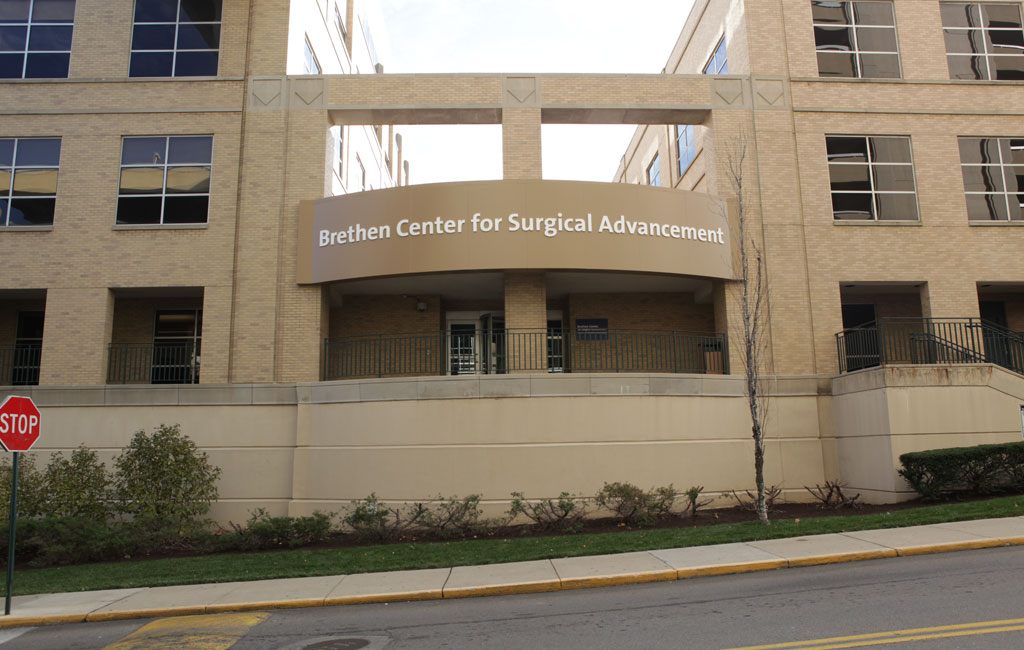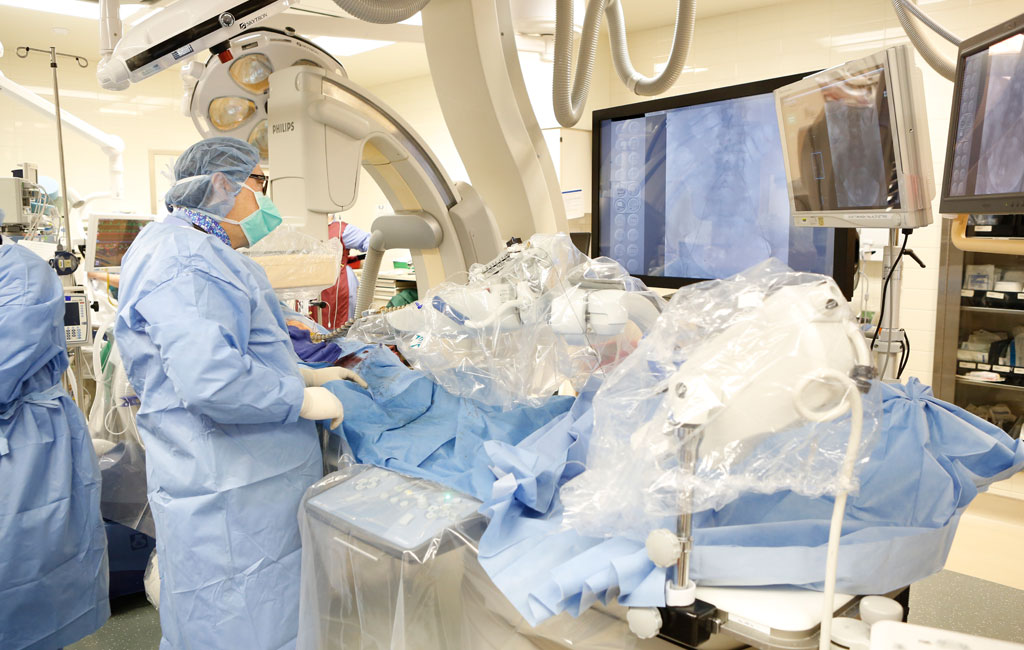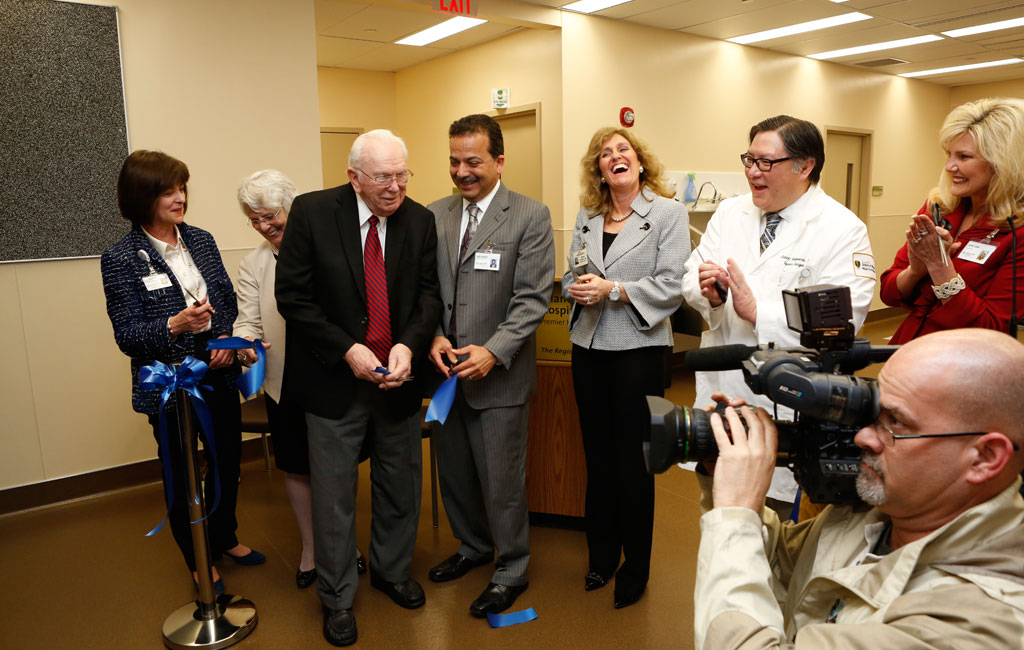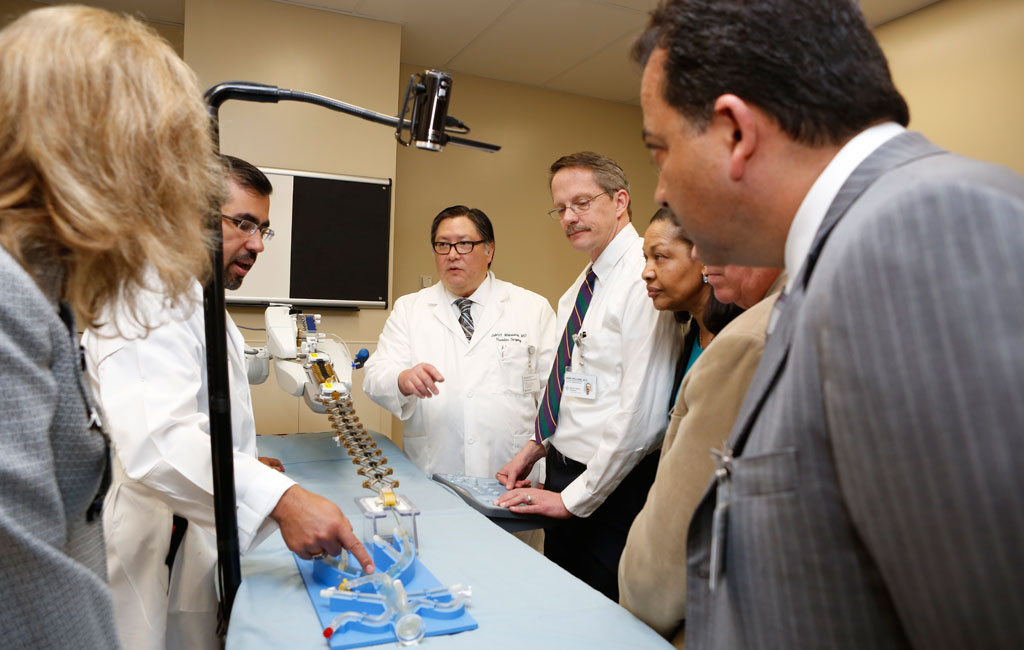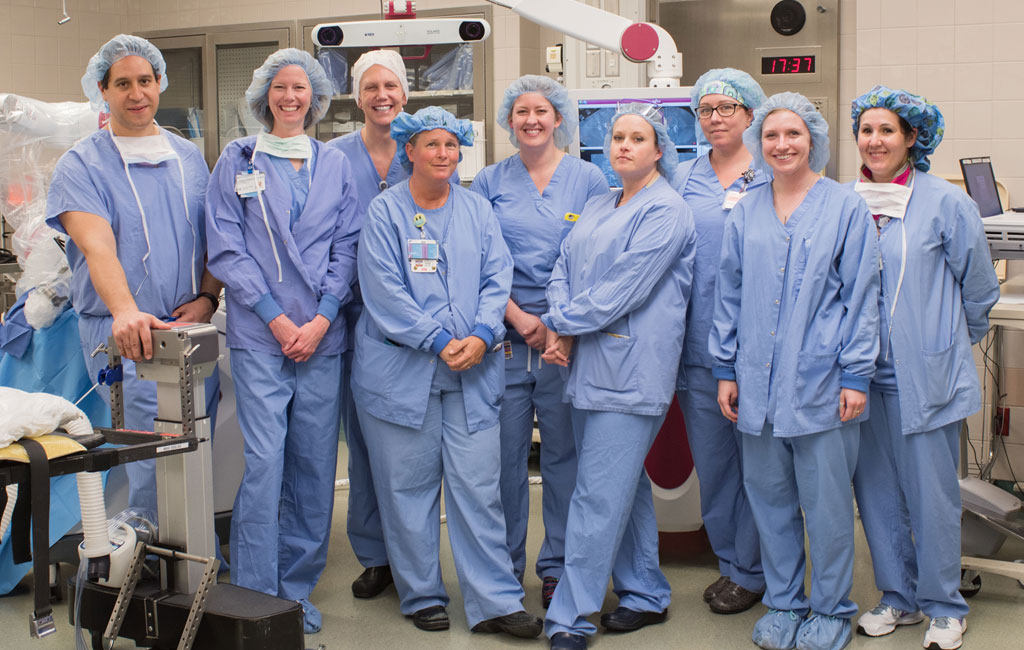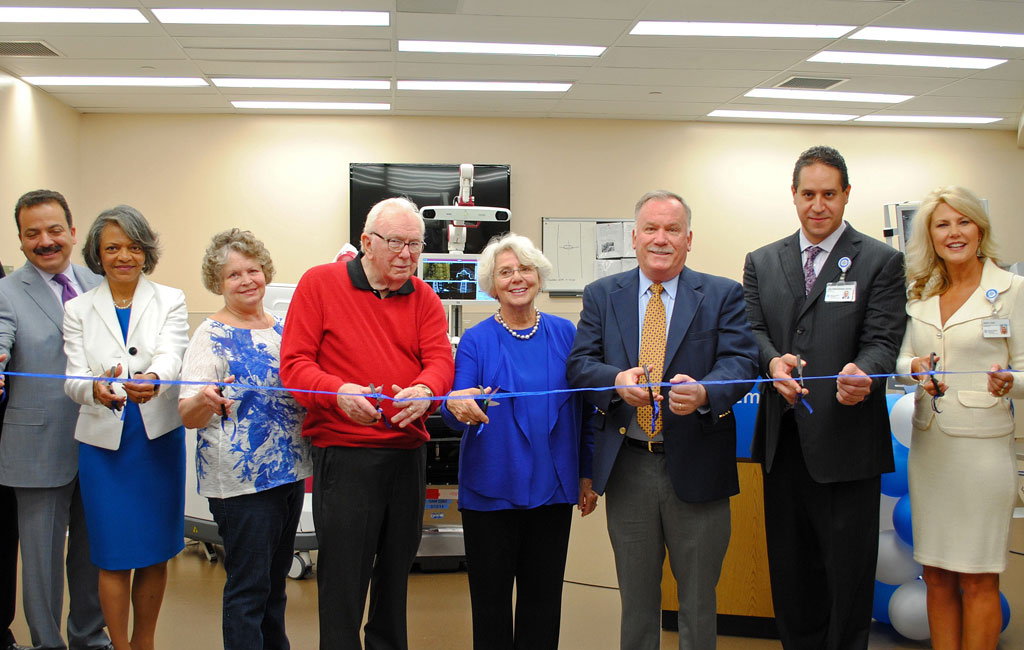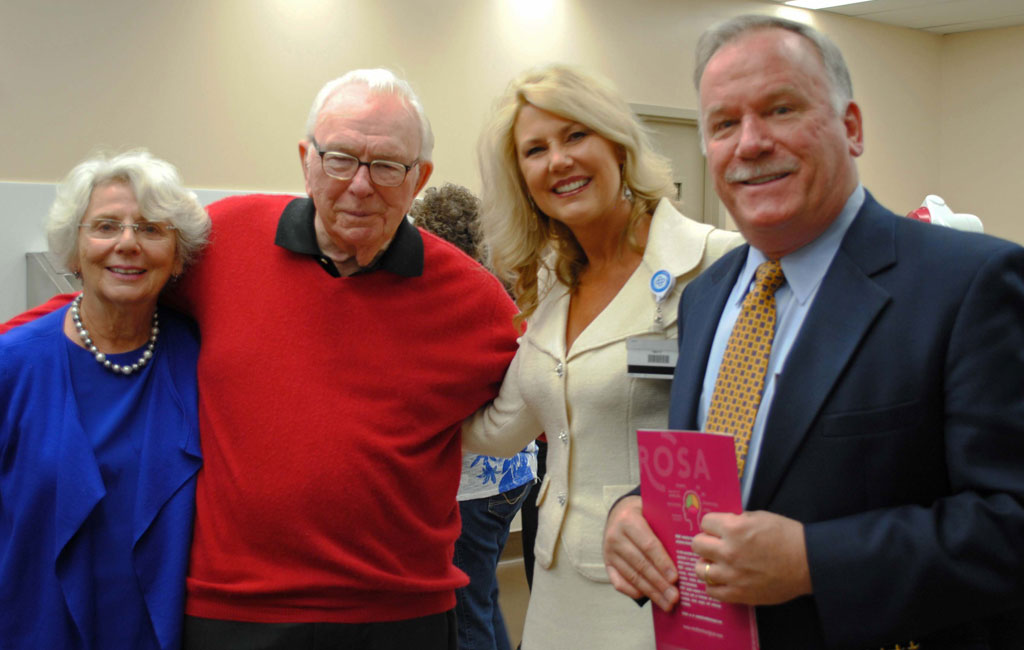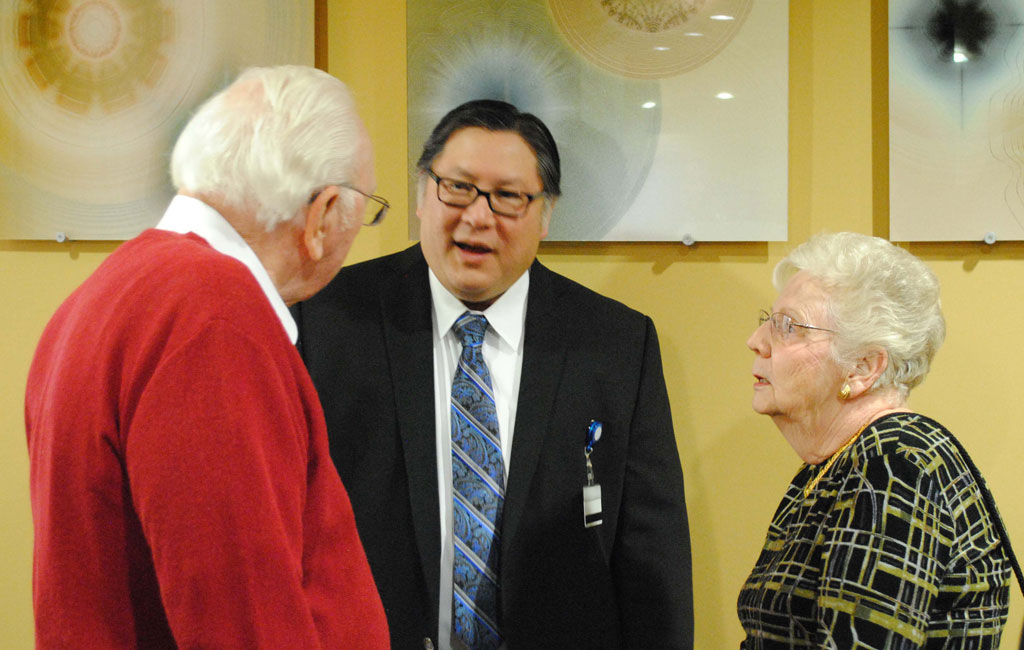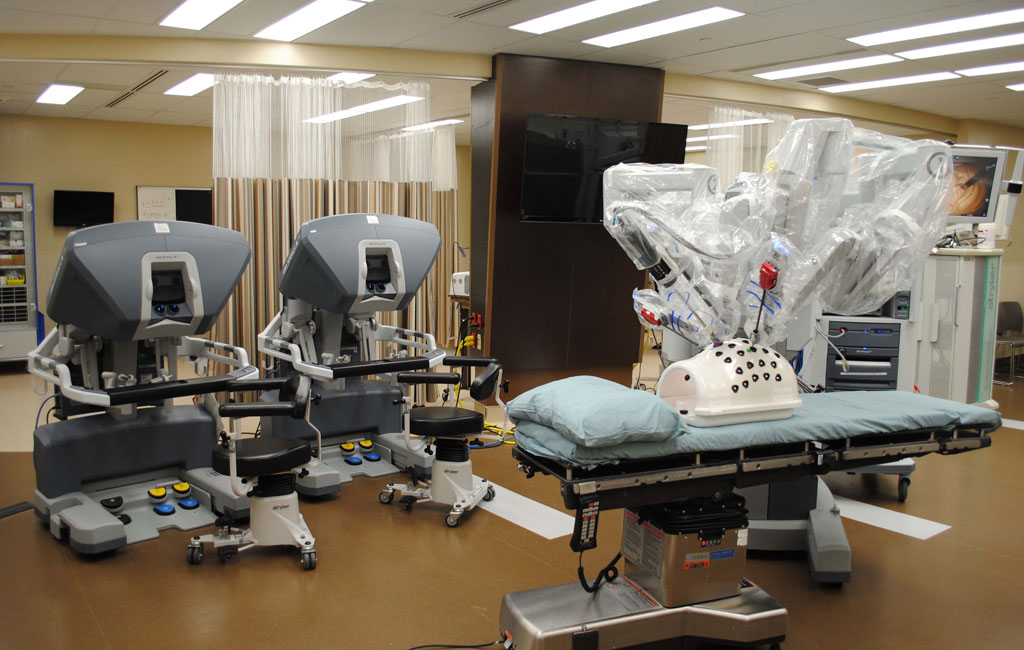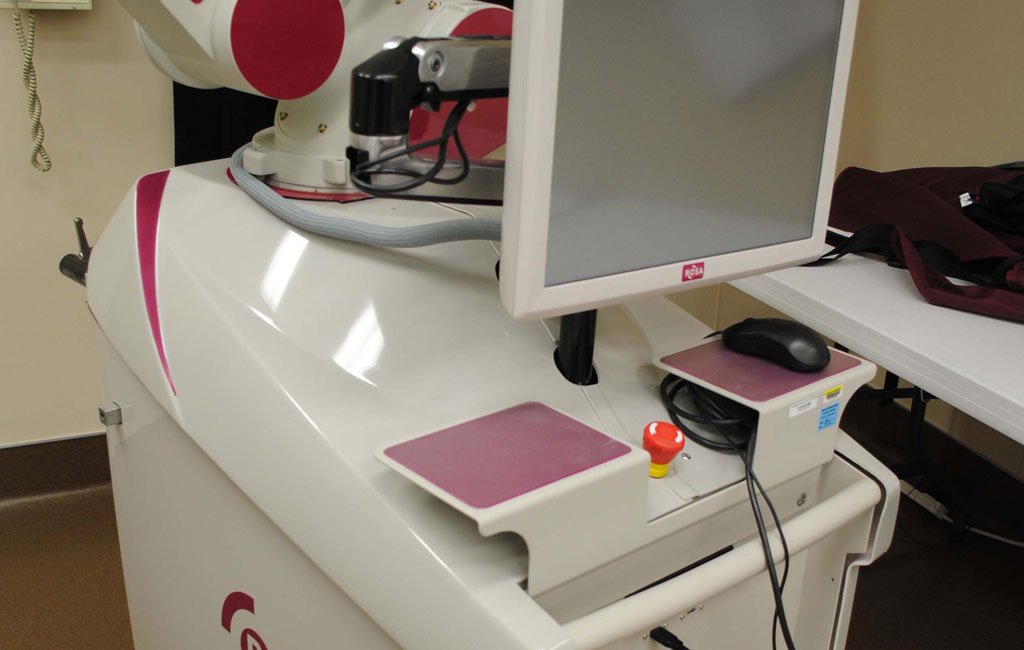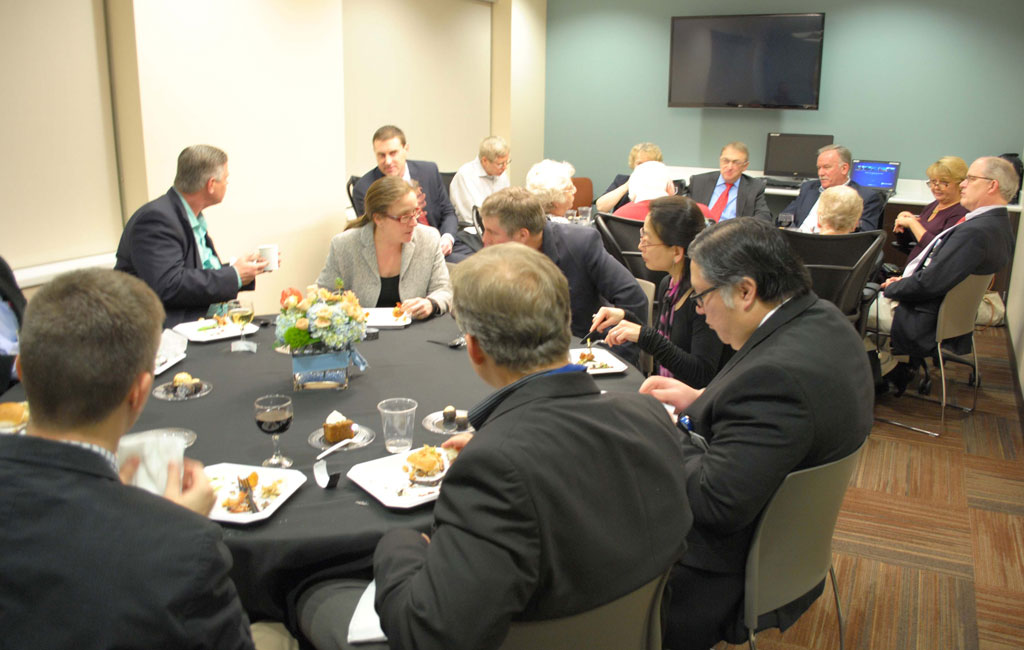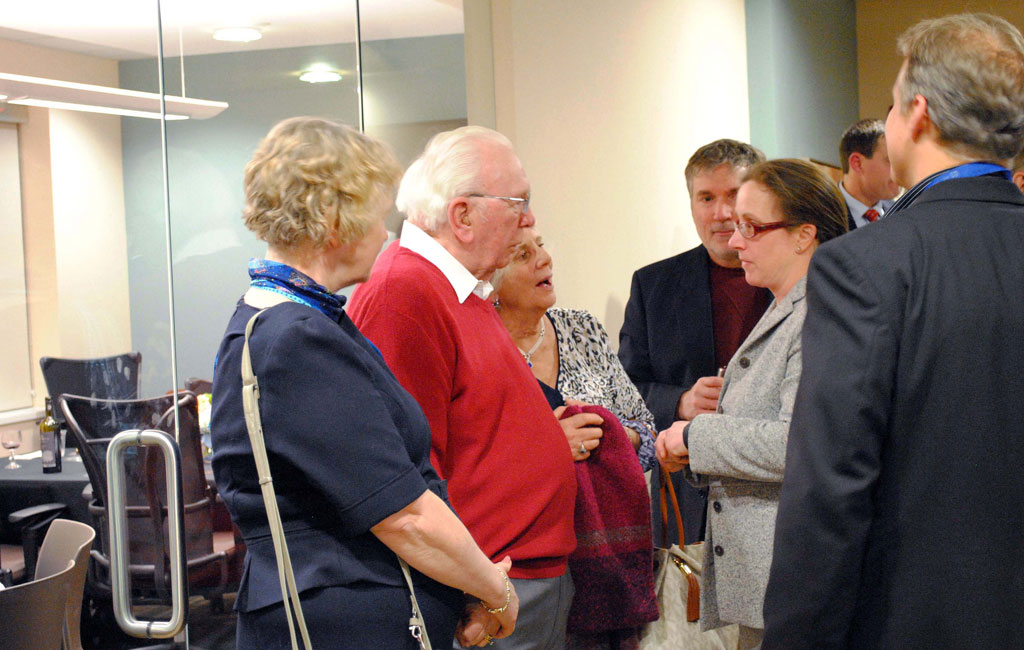Brethen Center
A New Era in Robotic Surgery
Made possible by a gift from the Robert H. Brethen Foundation in 2012, the Brethen Center for Surgical Advancement in Robotics and Minimally Invasive Surgery has lived up to its promise to educate resident physicians, allied medical staff, and seasoned surgeons on the latest forms of minimally invasive surgical technology. Robotic surgery offers patients a much less physically stressful surgical experience, including less blood loss, quicker recovery time, and shorter hospital stays.
Education, Training, and Certification
Open 24/7, 365 days a year, the Brethen Center’s primary purpose is to develop and increase a surgical team’s competence and confidence with robotic surgery and offers certification to that end. In addition to program tracks designed for surgeons and surgical staff, throughout the year the center hosts symposia, educational seminars, skills labs, and other special programs, such as a career investigation camp for teens.
Cutting-Edge Equipment
The most exciting recent innovation at the Brethen Center is the introduction of the Robotic Assistant for Spine Surgery, the ROSA™ Spine robotic device, the first in use in the United States. One May 2, 2016 Dr. Juan Torres-Reveron performed the first operation with ROSA™ Spine at Miami Valley Hospital.
ROSA™ is an integrated, multi-application console that features a robotic arm that replicates the movements of a human arm with six degrees of freedom. This provides a very high dexterity in achieving complex surgical procedures. Comparable to a “GPS for the brain,” the robot can be used for any type of cranial procedure requiring precise positioning and handling of instruments. Other innovative equipment includes ROSA ® Brain, Laparoscopic Box Trainers, a Lap Sim Trainer, The daVinci™ Simulator Robot and Trainer, and The Magellan™ Robotic System.
The Story
“I want people to understand what can be done with Robotics.”
Such was the impetus behind the overwhelmingly generous gift from 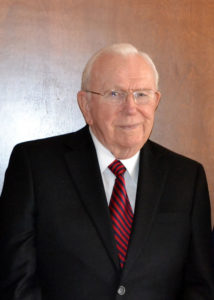 Robert Brethen, former chairman and CEO of Celstar Group, Inc., who states he was interested in funding a project at MVH that wasn’t going to happen without philanthropic support. “I wanted to invest in something unique, that offers better medical capabilities for patients that wasn’t available before,” he says. “Most people never heard of robotics until a couple of years ago. This is a new technology that’s just taking off, and it’s only available in a few areas.”
Robert Brethen, former chairman and CEO of Celstar Group, Inc., who states he was interested in funding a project at MVH that wasn’t going to happen without philanthropic support. “I wanted to invest in something unique, that offers better medical capabilities for patients that wasn’t available before,” he says. “Most people never heard of robotics until a couple of years ago. This is a new technology that’s just taking off, and it’s only available in a few areas.”
Brethen’s history with MVH goes back to the mid-1980s when he served on the hospital’s board of trustees as chair of the Finance Committee. “We did a value analysis that was very successful at reducing costs throughout the hospital,” he remembers. “That analysis resulted in a big improvement in the hospital’s bottom line. We made some recommendations about cost reductions and how to do more with less, and it proved to be successful.”
Proud that the new center is a facility that is usually associated with nationally known institutions, Brethen says, “Major hospitals across the country, like the Mayo Clinic or Johns Hopkins are into robotics. The ability to train doctors and allied staff on how to use this new equipment, and make it available in a city this size, is terrific for patients and for Dayton.”
Brethen is also excited about the educational aspect of the new facility. “This center isn’t just for local physicians, it will be available for doctors from across the country to come here and learn how to do these procedures,” he says. “That training will impact health care well beyond the Miami Valley when physicians return home to put into practice what they learn here. This center will touch lives far beyond the Dayton region.”
Most important of all to Bob Brethen is that robotic technology offers a huge step forward in terms of comfort for surgical patients. “Robotic surgery means smaller incisions, quicker recovery, and reduced complications. I hope that the lay person hears this and thinks, ‘This is something for me.’”


